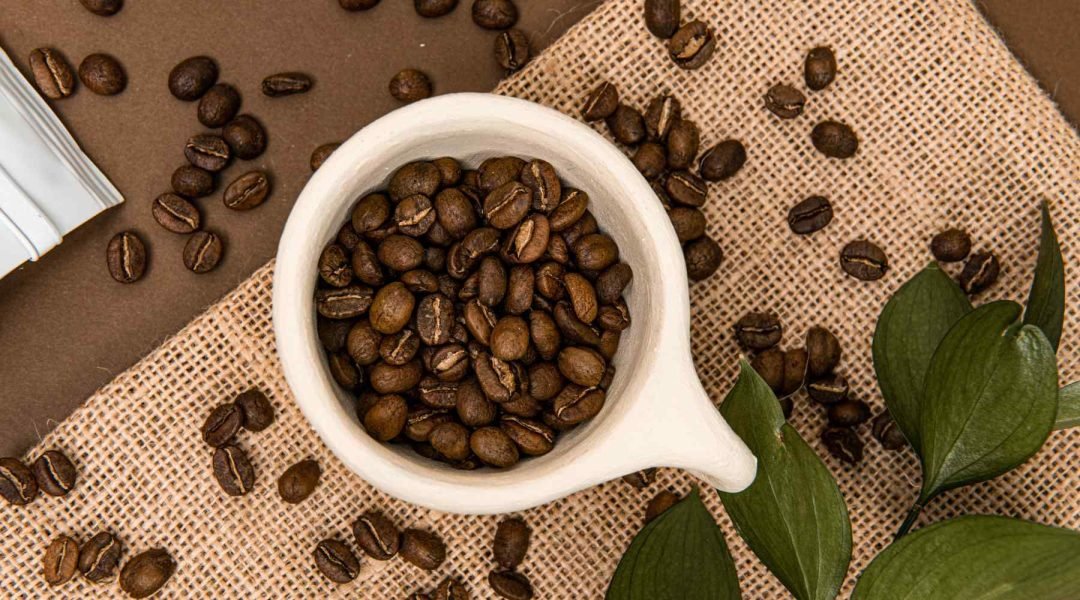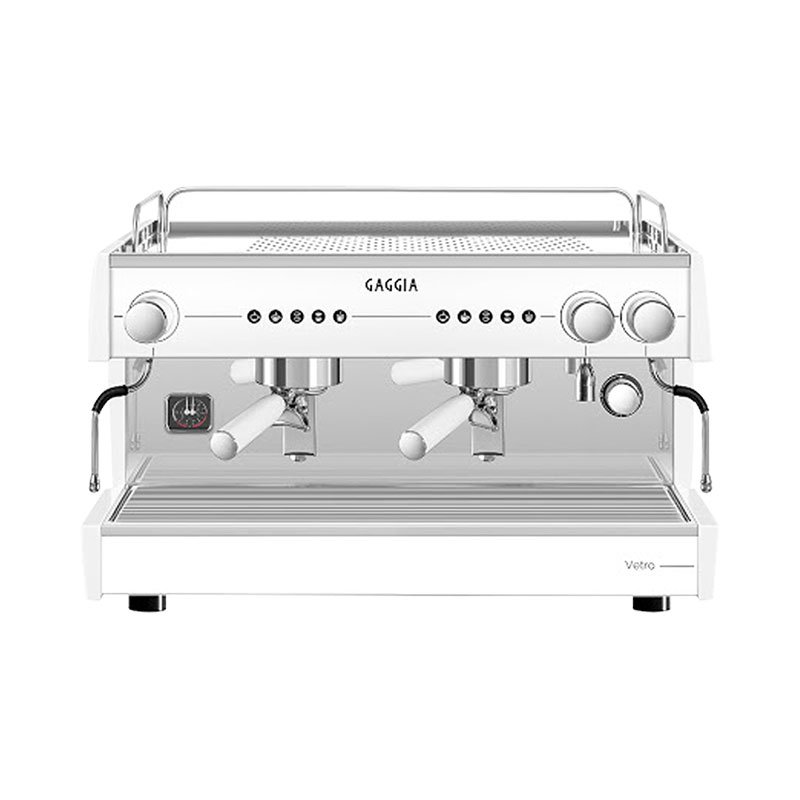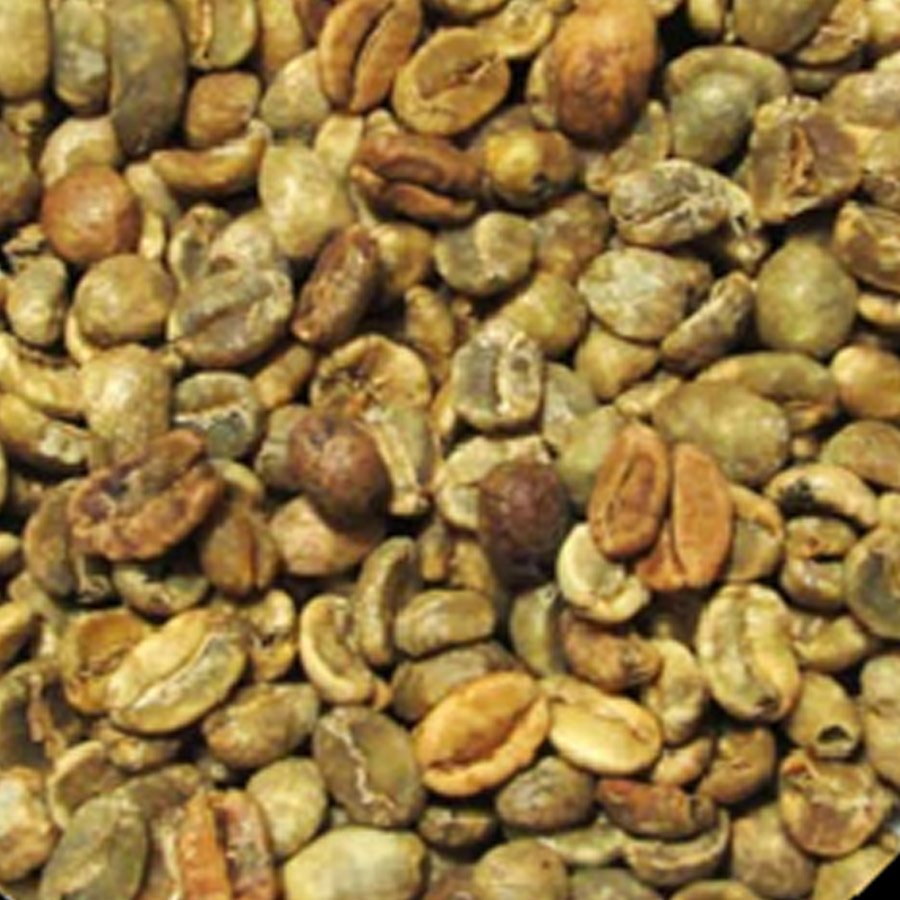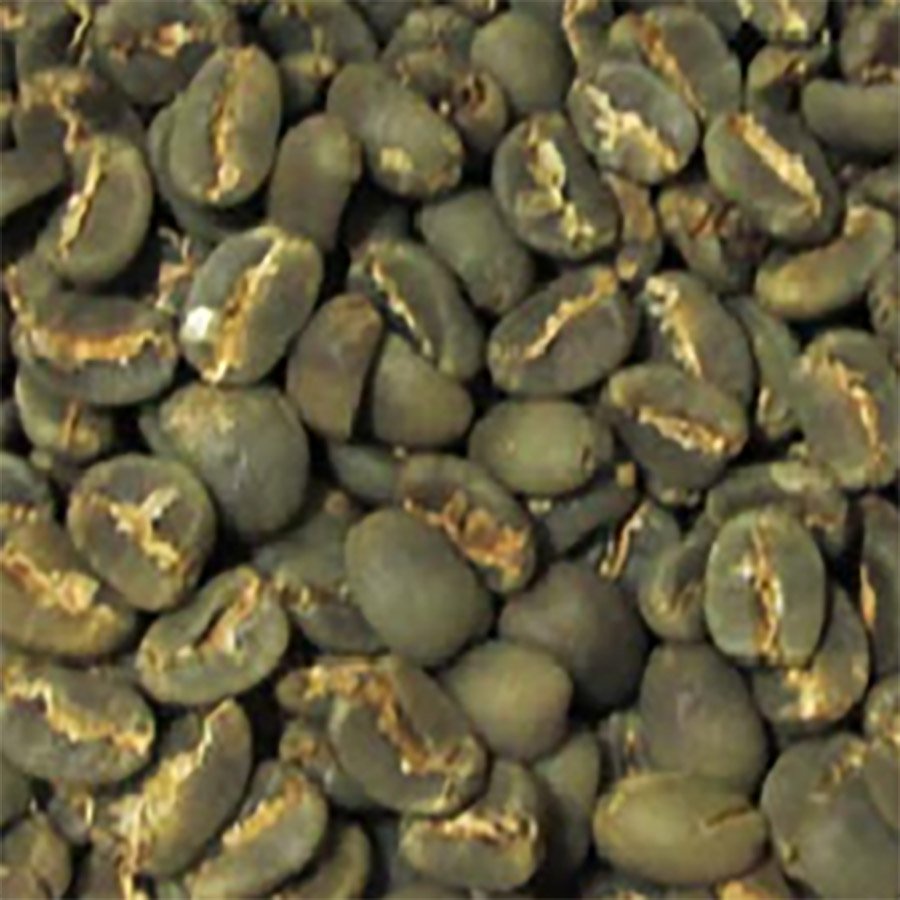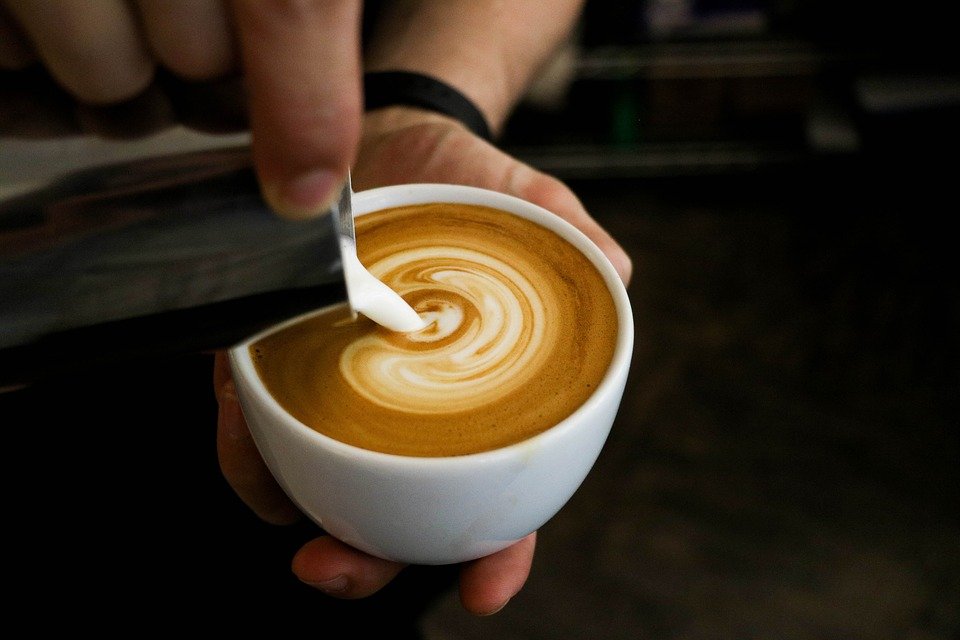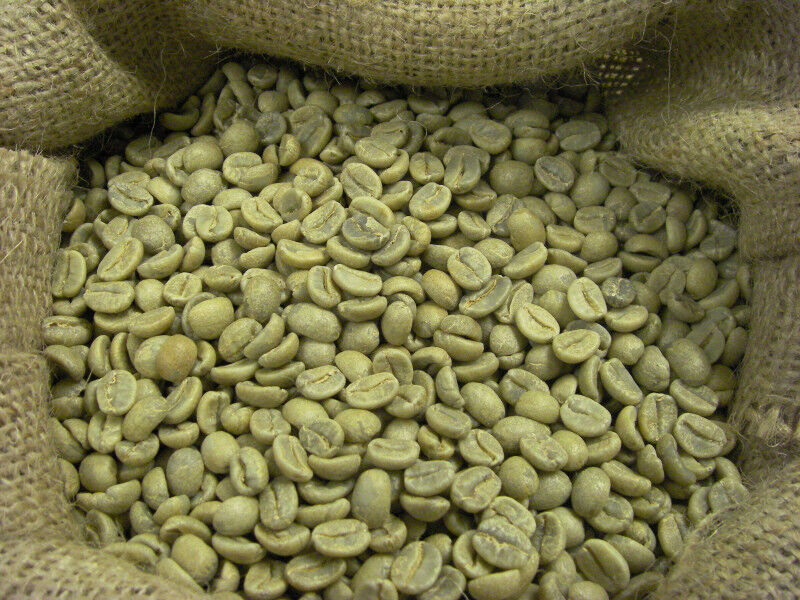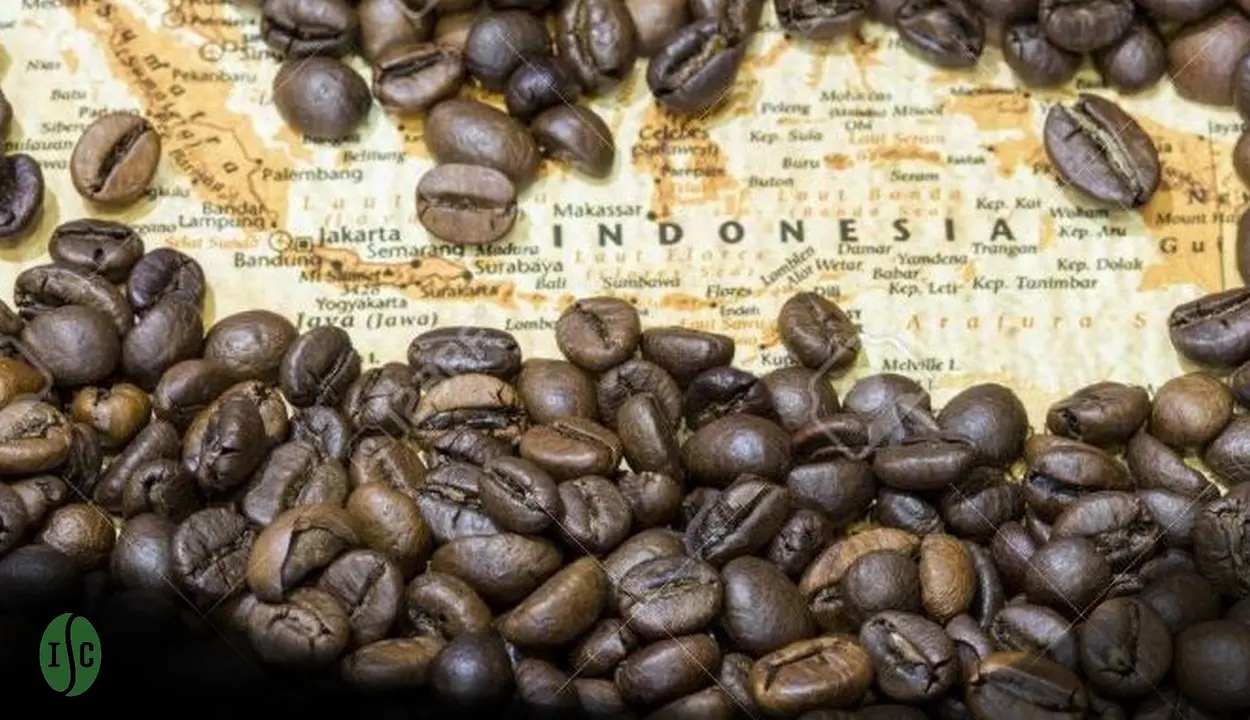Coffee, once a simple morning ritual, has evolved into a complex and nuanced world of flavors and brewing techniques. The rise of specialty brews and single-origin coffees has captivated coffee enthusiasts around the globe, offering a journey through the diverse landscapes where these beans are cultivated. In this exploration, we delve into the rich tapestry of specialty coffee, from its origins to the intricate processes that result in a cup that transcends the ordinary.
The Origins of Specialty Coffee
Specialty coffee is not just a type of coffee; it is a philosophy, a commitment to quality that begins at the source—the coffee bean itself. The concept of specialty coffee emerged as a response to the homogeneity that permeated the coffee industry for years. It represents a shift towards valuing the unique characteristics of coffee beans grown in specific regions, elevating the entire coffee experience.
Single-origin coffees, a subset of specialty coffee, take this concept even further. These beans come from a single geographical location, allowing coffee connoisseurs to explore the distinctive flavors that each region imparts to its beans. From the high-altitude plantations of Ethiopia to the volcanic soils of Guatemala, every cup tells a story of the land where it originated.
The Flavor Spectrum of Single-Origin Coffees
One of the most captivating aspects of single-origin coffees is the diverse flavor profiles they exhibit. Each region contributes its own unique combination of soil, climate, and altitude, resulting in beans with distinct aromas, tastes, and textures.
- Ethiopian Yirgacheffe: Known for its bright acidity and floral notes, Ethiopian Yirgacheffe coffee is a sensory delight. The beans are often sun-dried, enhancing the fruity undertones that make this coffee a favorite among those seeking a vibrant and complex cup.
- Colombian Supremo: With its medium body and balanced acidity, Colombian Supremo is a crowd-pleaser. Grown in the high altitudes of the Andes, it often features notes of chocolate and a hint of nuttiness, making it a versatile choice for various brewing methods.
- Costa Rican Tarrazú: Coffees from the Tarrazú region in Costa Rica are celebrated for their full-bodied richness and bright acidity. The beans, grown in volcanic soil, impart a flavor profile that includes citrusy notes and a wine-like complexity.
- Sumatra Mandheling: Coming from the Indonesian archipelago, Sumatra Mandheling offers a unique and earthy experience. With low acidity and a full body, this coffee often exhibits notes of tobacco, herbs, and a lingering sweetness.
Exploring these single-origin coffees is akin to embarking on a global tasting journey, where the geography of each sip transports you to the specific corner of the world where the beans were cultivated.
The Art of Specialty Coffee Brewing
The quest for the perfect cup of coffee extends beyond the bean itself; it involves a meticulous approach to brewing. Specialty coffee demands a departure from the convenience-driven methods that have dominated the mainstream. Instead, it embraces precision, mindfulness, and a keen appreciation for the brewing process.
Brewing Variables:
- Grind Size: The grind size of coffee beans significantly impacts extraction. Different brewing methods require specific grind sizes to achieve the desired flavor. For instance, a French press benefits from a coarse grind, while an espresso demands a fine grind.
- Water Temperature: The temperature at which water interacts with coffee grounds influences extraction. Too hot, and the coffee may taste bitter; too cold, and the flavors might be underwhelming. Finding the ideal temperature for a particular bean is crucial.
- Brew Time: Whether using a pour-over method or an espresso machine, the duration of the brewing process is vital. Over-extraction can result in a bitter taste, while under-extraction may lead to acidity or a lack of depth.
- Ratio of Coffee to Water: Achieving the right balance between coffee and water is an art. This ratio is not universal and may vary based on personal preference, bean type, and brewing method.
Brewing Techniques:
- Pour-Over: This method involves pouring hot water over coffee grounds in a slow, controlled manner. It allows for a precise and customizable extraction, bringing out the nuanced flavors of single-origin coffees.
- Aeropress: Popular among coffee enthusiasts for its portability and versatility, the Aeropress uses air pressure to brew a concentrated and flavorful cup of coffee. It’s an excellent choice for those who appreciate a full-bodied and clean brew.
- Siphon Brewing: This visually captivating method uses a siphon to create a vacuum, drawing water through coffee grounds. The result is a smooth and aromatic cup with a unique clarity of flavors.
- Cold Brew: A slow extraction process involving cold water, cold brew coffee is known for its smooth, low-acid profile. It’s a refreshing alternative, especially during warmer months, allowing the subtleties of single-origin coffees to shine.
The Sustainable Coffee Movement
As the specialty coffee scene gains momentum, so does the awareness of the social and environmental impact of coffee production. The quest for sustainability is now an integral part of the specialty coffee movement. From fair trade certifications to direct relationships between roasters and farmers, there is a growing emphasis on ensuring that the journey of coffee from bean to cup is ethical and environmentally responsible.
Specialty coffee roasters often prioritize sourcing beans through transparent and fair channels. Direct trade relationships empower farmers, ensuring they receive fair compensation for their labor. Additionally, environmentally conscious practices, such as shade-grown cultivation and organic farming, are becoming more prevalent within the specialty coffee community.
The Future of Specialty Coffee
As the world of specialty brews and single-origin coffees continues to evolve, the future promises even more innovation and exploration. Advancements in technology, coupled with a growing global appreciation for quality over quantity, are likely to shape the coffee landscape in exciting ways.
- Technology and Precision Brewing: The integration of smart technology into coffee brewing devices allows for precise control over variables like temperature, grind size, and brew time. This level of precision ensures a consistent and optimal cup of coffee.
- Cultivating New Origins: With climate change affecting traditional coffee-growing regions, there’s a growing interest in exploring new areas for coffee cultivation. This could lead to the discovery of unique flavor profiles from previously untapped regions.
- Emphasis on Education: As consumers become more discerning about their coffee choices, there is a growing emphasis on education. Specialty coffee shops and roasters are likely to play a pivotal role in educating consumers about the journey from bean to cup and the importance of brewing techniques.
- Inclusive and Diverse Industry: The specialty coffee industry is becoming more inclusive, with a focus on diversity and representation. From farm to barista, there’s a recognition of the need for a more equitable and inclusive coffee community.
In conclusion, exploring the world of specialty brews and single-origin coffees is a journey that engages the senses and deepens the appreciation for one of the world’s most beloved beverages. It’s a journey that connects us to the farmlands of distant countries, to the hands that cultivate and harvest the beans, and to the artisans who skillfully roast and brew them. As we savor each cup, we embark on a voyage of discovery, discovering the intricate stories woven into the fabric of every bean, and celebrating the craftsmanship that transforms those beans into a symphony of flavors in our cups.

